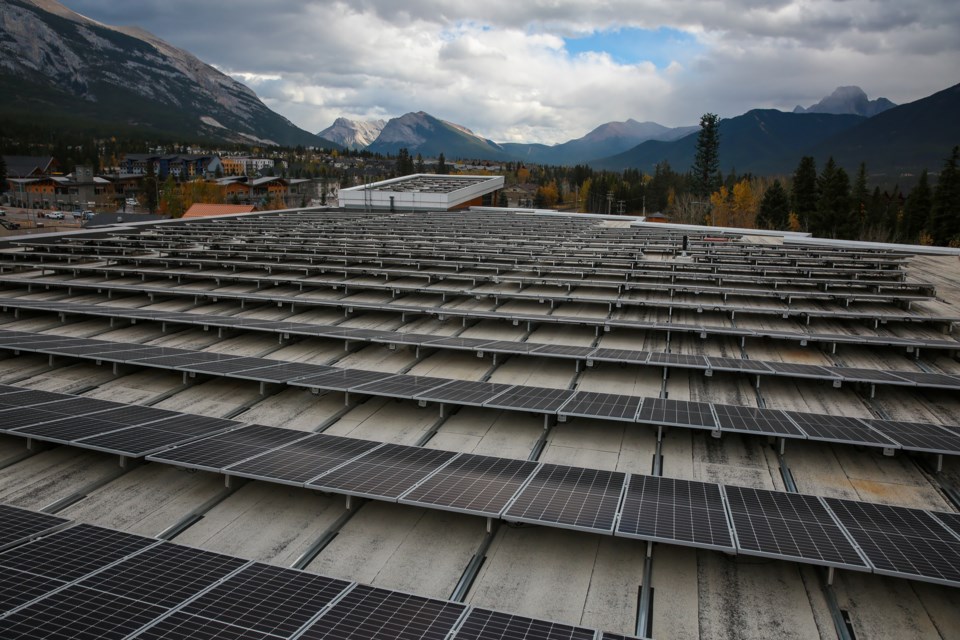Alberta's seven-month moratorium on new major renewable energy projects is set to expire on Feb. 29, and the end of this pause comes with new rules governing land use, reclamation, and approval processes for renewable power generators.
Dozens of wind and solar proposals are currently in the queue waiting for Alberta Utilities Commission (AUC) approval, and the nature of the province's new regulations could jeopardize the future of these projects, and millions in municipal tax revenue they would generate, according to an analysis by the Business Renewables Centre (BRC).
The analysis looked only at solar and wind projects in the pre-regulatory and regulatory approval phase in the province, which it says could bring in $577 million in tax revenue to 33 municipalities between now and 2028.
“Municipalities may never realize the full potential of what this renewable energy revenue boom could do for them — how it could change their lives and make their communities a more well-resourced, vibrant place to live — if the provincial government stifles clean energy development with unfair or unnecessary new regulations,” said Jorden Dye, BRC-Canada's director.
Dye said land-use bans could threaten the viability of renewable projects, "depending on what class of land they were extended to." While bans on the highest quality agricultural land wouldn't have a significant impact on the renewable energy sector, bans on lower quality agricultural land would, he said.
On Wednesday the province announced the first of two groups of changes stemming from the AUC's review of renewable power projects. These changes ban renewable electricity projects from private land classified as having excellent or good irrigation capability "unless the proponent can demonstrate the ability for both crops and/or livestock to coexist with the renewable generation project."
Developers will also now be required to cover clean-up costs at the beginning of a project through a bond or security paid to the government.
The list of projects surveyed provides an estimate of the renewable energy future in Alberta, Dye said, and the intent of the analysis is to provide "some facts on what the potential impact will be to residents."
"We understand that the government is always balancing trade-offs. We just thought that the actual discussion we were having in the province is kind of separated from the facts on the ground, and what these projects actually mean for everyday Albertans," he said.
Should all projects pending approval come to fruition, eight municipalities would be making more than 50 per cent of their operating revenue from renewables by 2028, according to the analysis.
A second report from the AUC is under review by the minister of affordability and utilities, and further policy direction will be announced once that review is completed.
“The specifics of these decisions will be the difference between gigawatts and megawatts of projects being built in Alberta,” Dye said.
Sturgeon County officials did not respond to submitted questions or interview requests.



